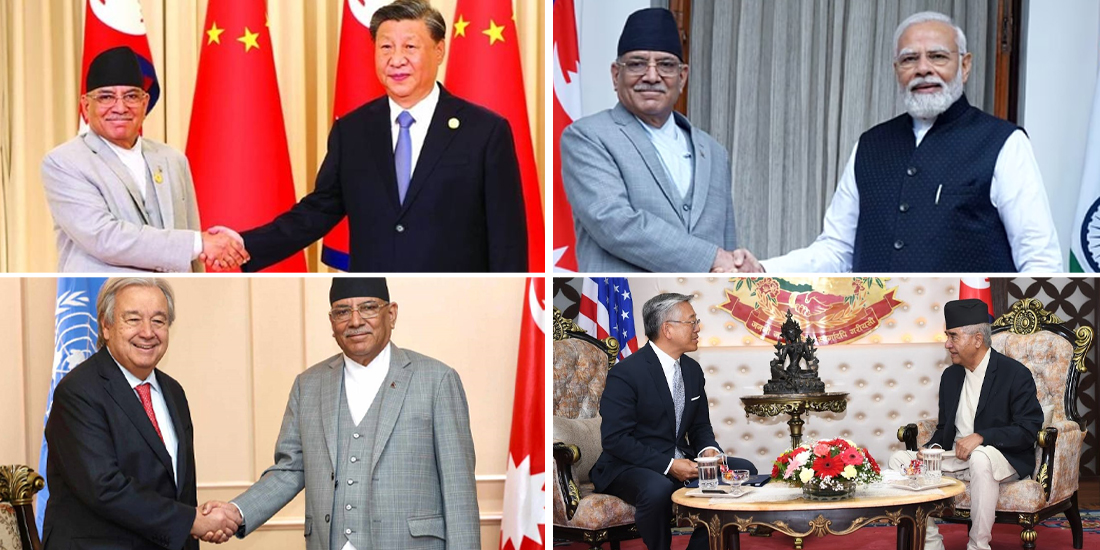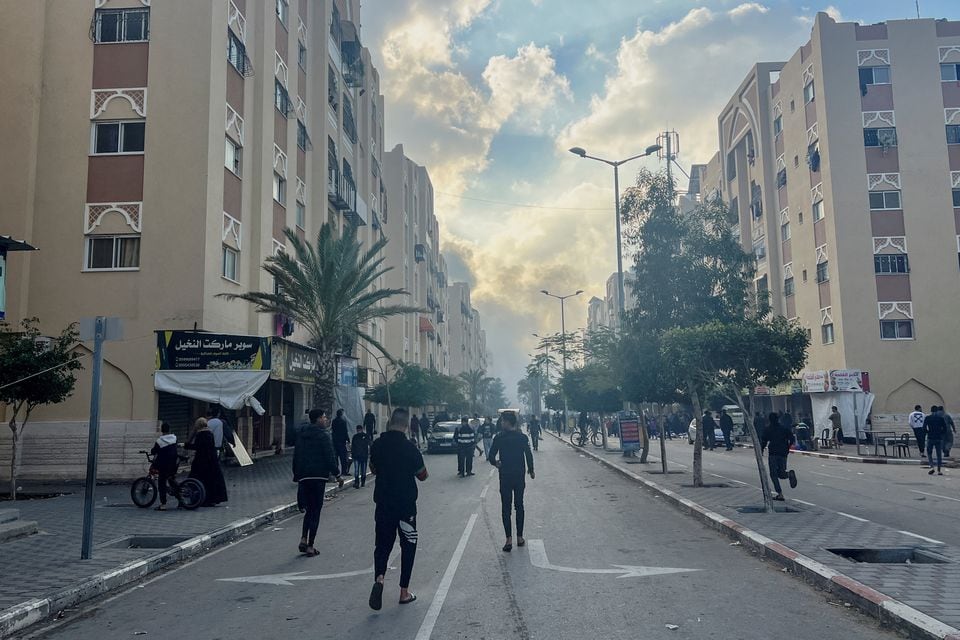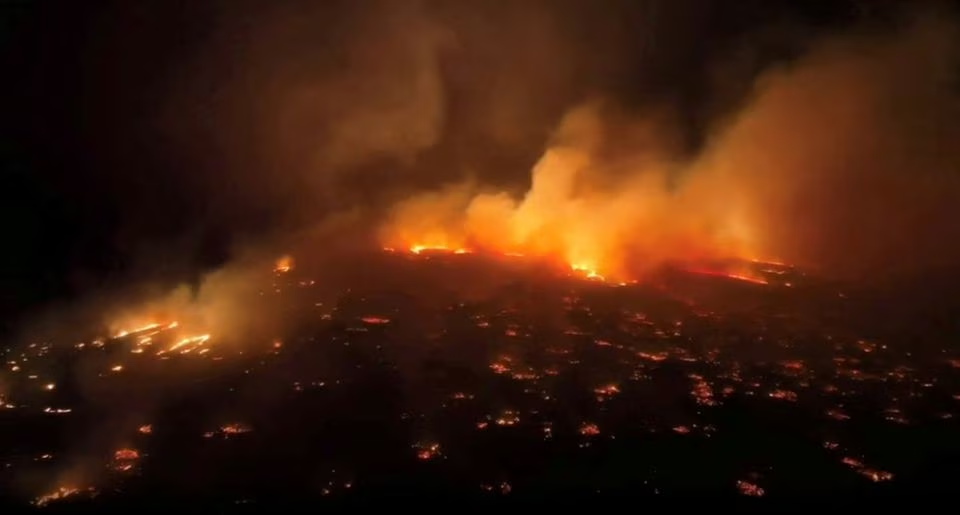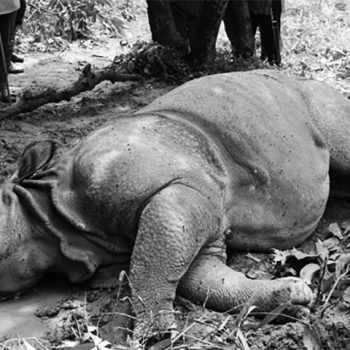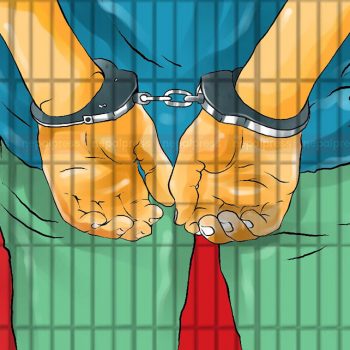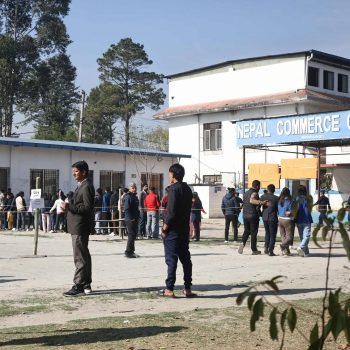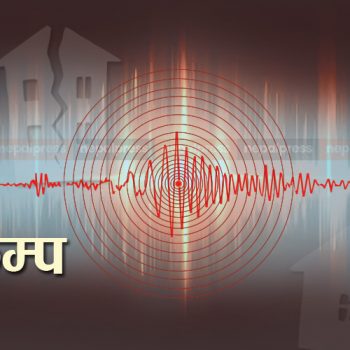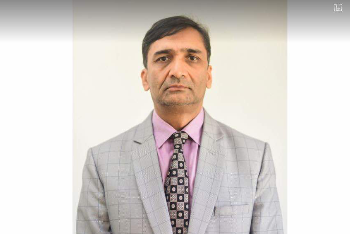Evacuation of civilians from Ukrainian steel plant begins
 NepalPress
NepalPress
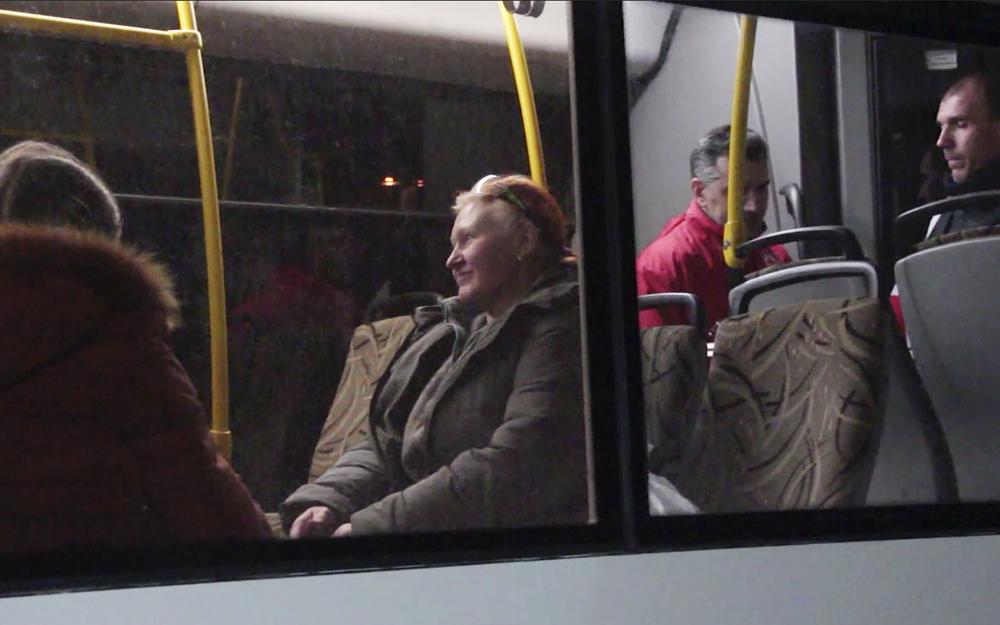
After nearly two months of siege, civilians holed up at a steel plant in the Ukrainian city of Mariupol began to be evacuated over the weekend, and people sheltering elsewhere in the city were to be allowed out on Monday, local officials said, Associated Press reported.
Video posted online Sunday by Ukrainian forces showed elderly women and mothers with small children climbing over a steep pile of debris out of the sprawling Azovstal steel plant’s rubble and eventually boarding a bus.
More than 100 civilians were expected to arrive in the Ukrainian-controlled city of Zaporizhzhia on Monday, Ukrainian President Volodymyr Zelenskyy said Sunday.
“Today, for the first time in all the days of the war, this vitally needed (humanitarian) corridor has started working,” Zelenskyy said in a pre-recorded address published on his Telegram messaging channel.
There were worries about the safety of evacuees. People fleeing Russian-occupied areas in the past have described their vehicles being fired on, and Ukrainian officials have repeatedly accused Russian forces of shelling agreed-upon evacuation routes.
A Ukrainian defender of the steel plant urged groups like the U.N. and the Red Cross to ensure the safety of those being evacuated. Sviatoslav Palamar, deputy commander of the Azov Regiment, told The Associated Press in an interview that there should be guarantees from “a third party — politicians, world leaders — who will cooperate to negotiate with Russians to extract us from here.”
Another of the plant’s defenders said Russian forces resumed shelling the plant Sunday as soon as the evacuation of a group of civilians was completed.
Denys Shlega, commander of the 12th Operational Brigade of Ukraine’s National Guard, said in a televised interview Sunday night that several hundred civilians remain trapped alongside nearly 500 wounded soldiers and “numerous” dead bodies.
“Several dozen small children are still in the bunkers underneath the plant,” Shlega said.
As many as 100,000 people may still be in Mariupol, including an estimated 2,000 Ukrainian fighters beneath the sprawling, Soviet-era steel plant — the only part of the city not occupied by the Russians.
Mariupol, a port city on the Sea of Azov, has seen some of the worst suffering. A maternity hospital was hit in a Russian airstrike in the opening weeks of the war, and hundreds of people were reported killed in the bombing of a theater.
The city is a key target because of its strategic location near the Crimea Peninsula, which Russia seized from Ukraine in 2014.
Palamar, the Ukrainian commander, told the AP on Sunday that it has been difficult even to reach some of the wounded in the steel plant.
“There’s rubble. We have no special equipment. It’s hard for soldiers to pick up slabs weighing tons only with their arms,” he said. “We hear voices of people who are still alive” inside shattered buildings.
U.N. humanitarian spokesman Saviano Abreu said civilians arriving in Zaporizhzhia, about 140 miles (230 kilometers) northwest of Mariupol, would receive immediate humanitarian support, including psychological services. A Doctors Without Borders team was at a reception center for displaced people in Zaporizhzhia, in preparation for the U.N. convoy’s arrival.
Palamar called for the evacuation of wounded Ukrainian fighters as well as civilians.
“We don’t know why they are not taken away, and their evacuation to the territory controlled by Ukraine is not being discussed,” he said in a video posted Saturday on the regiment’s Telegram channel.
Along with his Azov regiment, Palamar said, the plant is being defended by marines, police officers, border guards, coast guard and more. He said the bodies of dead Ukrainian fighters remain inside the plant. “Because we believe we will be able to move them to Ukrainian government-controlled territory. We have to do everything to bury heroes with honors.”
U.S. House Speaker Nancy Pelosi and other U.S. lawmakers visited Zelenskyy on Saturday to show American support for Ukraine’s defense against Russia’s invasion. She is the most senior American lawmaker to travel to the country since Russia’s Feb. 24 invasion.
In his nightly address Sunday, Zelenskyy accused Moscow of waging “a war of extermination,” saying Russian shelling had hit food, grain and fertilizer warehouses, and residential neighborhoods in the Kharkiv, Donbas and other regions.
He also said more than 350,000 people have been evacuated during the war from combat zones thanks to humanitarian corridors pre-agreed with Moscow. “The organization of humanitarian corridors is one of the elements of the negotiation process which is ongoing,” he said.
In Zaporizhzhia, residents ignored air raid sirens to visit cemeteries Sunday, when Ukrainians observed the Orthodox Christian day of the dead.
“If our dead could rise and see this, they would say, ‘It’s not possible, they’re worse than the Germans,’” Hennadiy Bondarenko, 61, said while marking the day with his family at a picnic table among the graves. “All our dead would join the fighting, including the Cossacks.”
Russian forces embarked on a major military operation to seize significant parts of southern and eastern Ukraine after their failure to capture the capital, Kyiv. Their offensive has been met by Ukrainian forces fighting village-by-village, and civilians fleeing airstrikes and artillery shelling.
Ukrainian intelligence officials accused Russian forces of seizing medical facilities to treat wounded Russian soldiers in several occupied towns, as well as destroying medical infrastructure.
Getting a full picture of the unfolding battle in eastern Ukraine is difficult because the fighting has made it dangerous for reporters to move around, and both sides have introduced tight restrictions on reporting from the combat zone.
But Western military analysts have suggested the Russian offensive was going much slower than planned. So far, Russian troops and Russian-backed separatists appear to have made only minor gains in the month since the eastern offensive began.
Hundreds of millions of dollars in military assistance has flowed into Ukraine during the war, but Russia’s vast armories mean Ukraine will continue to require huge amounts of support. With plenty of firepower still in reserve, Russia’s offensive could intensify. Overall, the Russian army has an estimated 900,000 active-duty personnel, and a much larger air force and navy.
Meanwhile, recent weeks have seen a number of fires and explosions in Russian regions near the border. On Sunday, an explosive device damaged a railway bridge in the Kursk region, which borders Ukraine, and a criminal investigation has been started, the region’s government reported.



